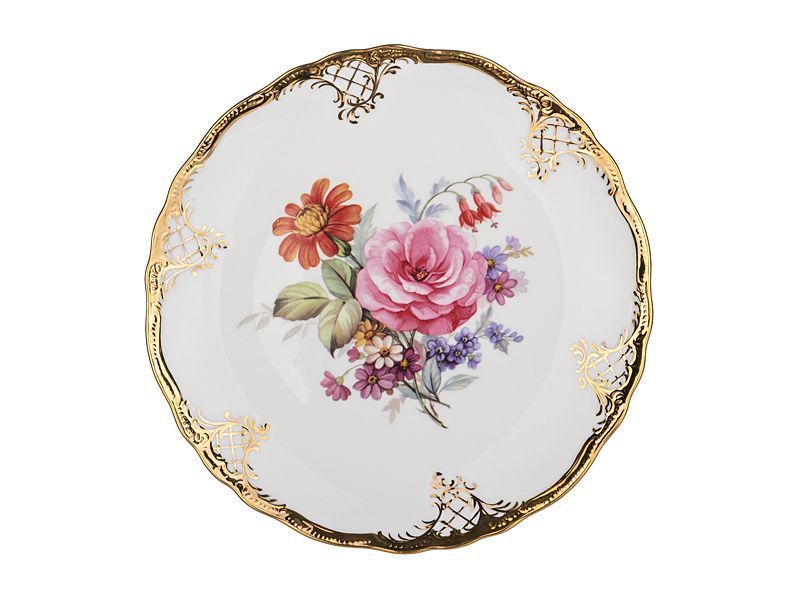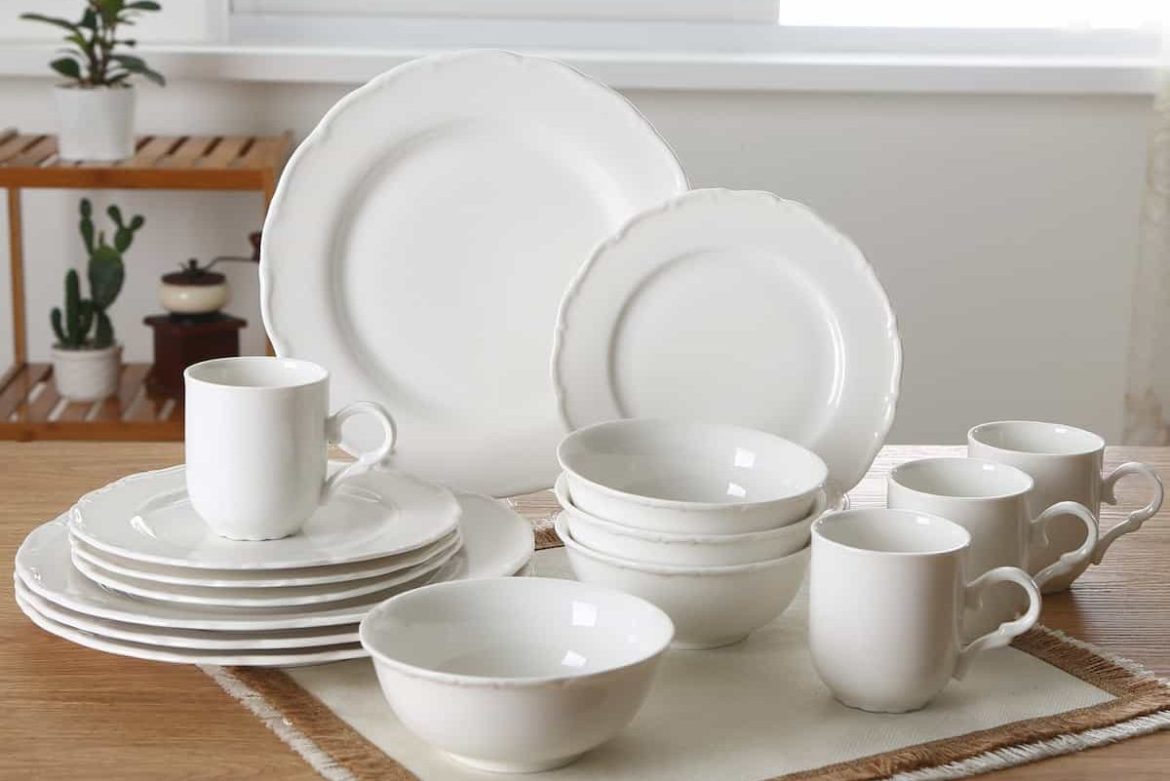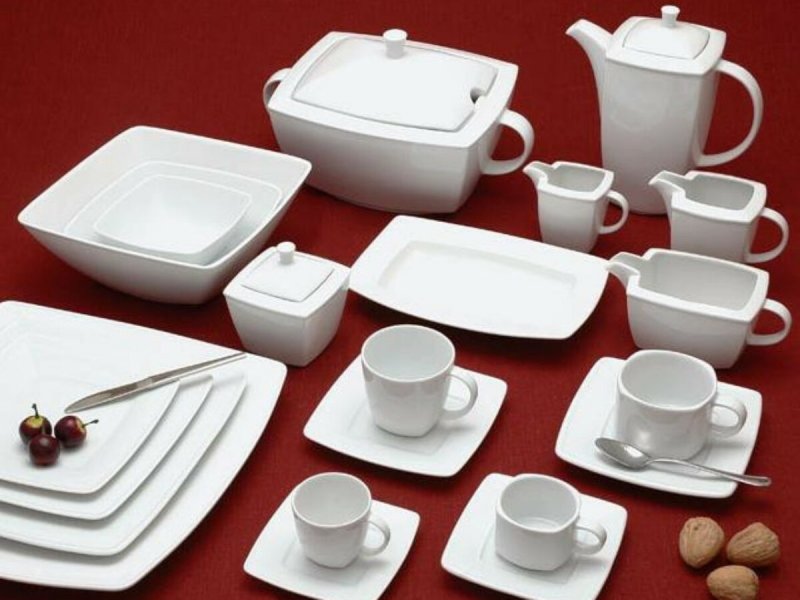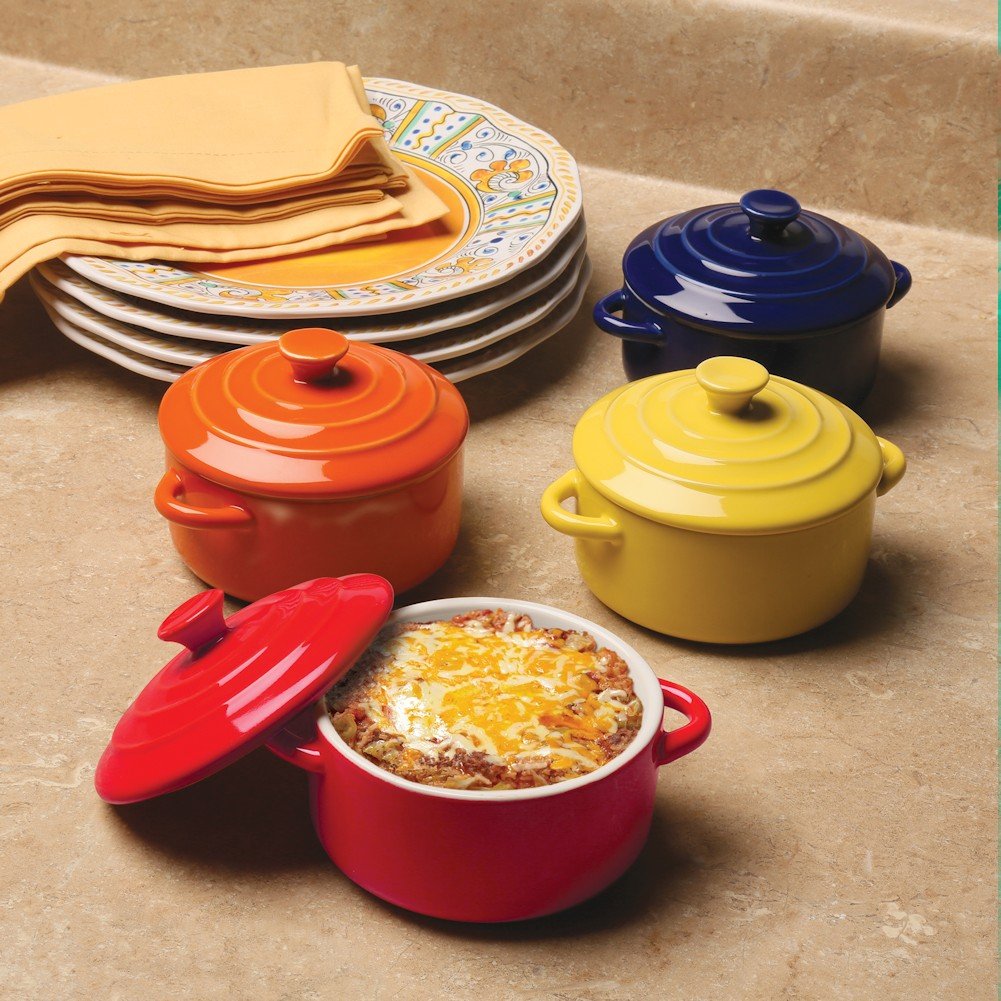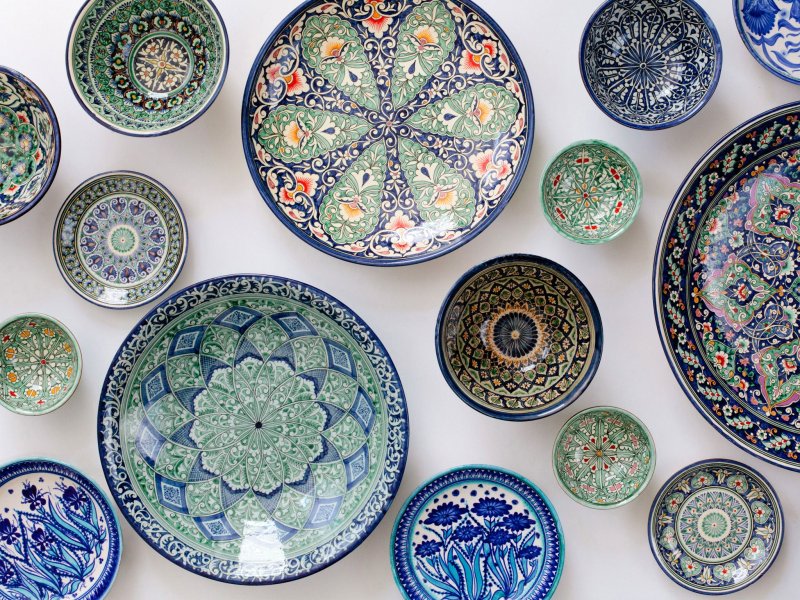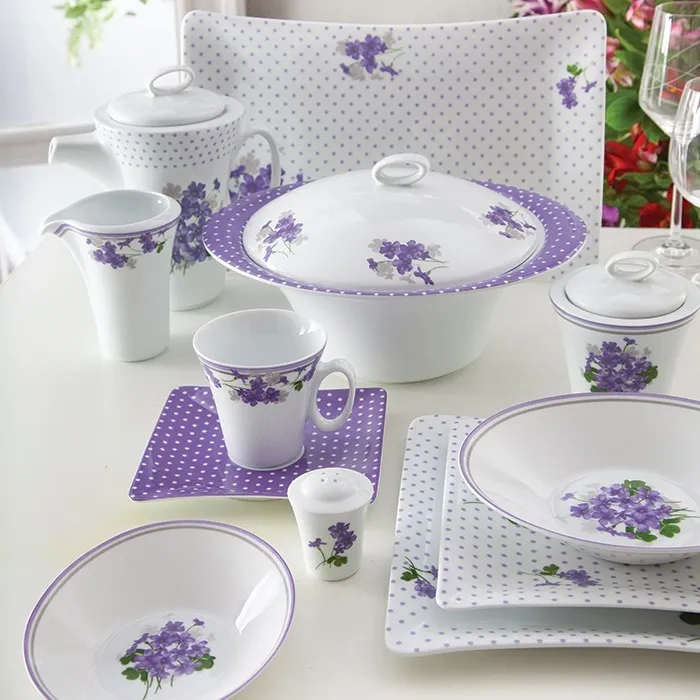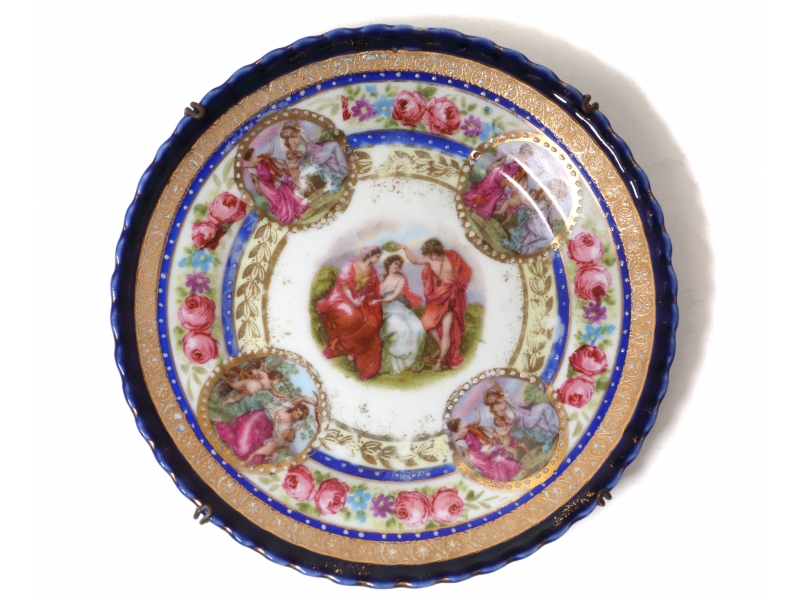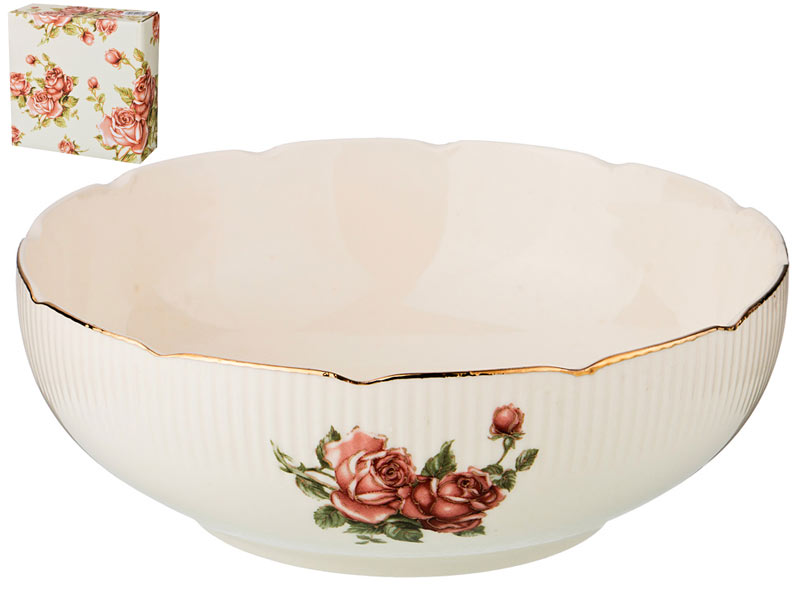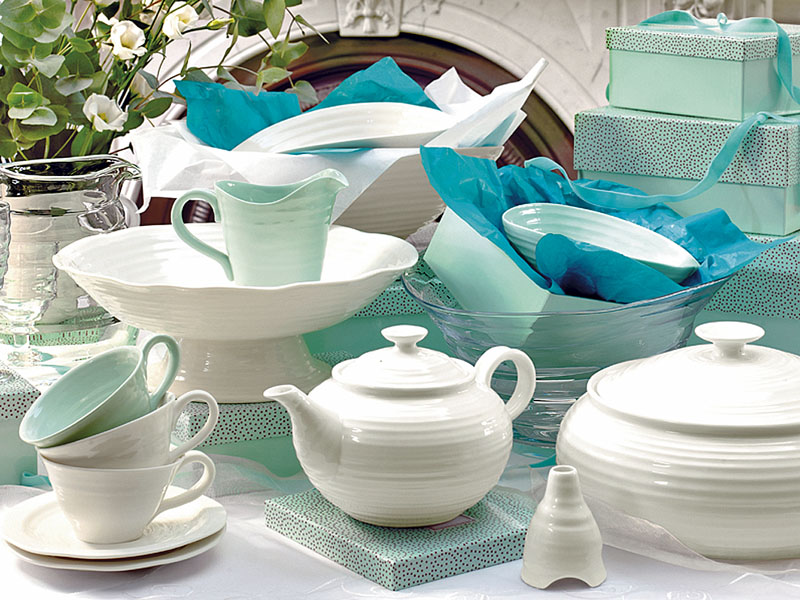The Timeless Charm of Porcelain Cups: A Symbol of Elegance and Sophistication
Introduction:
From ancient civilizations to modern households, porcelain cups have stood the test of time as a symbol of elegance and refinement. Made from a delicate and translucent ceramic material, porcelain cups have a rich history rooted in artistic craftsmanship and practical functionality. In this article, we will explore the captivating world of porcelain cups, detailing their origins, production process, diverse styles, and enduring popularity.
1. The Origins of Porcelain Cups:
Porcelain, also known as “fine china” or “white gold,” originated in China more than 2,000 years ago. The Chinese were the first to discover the unique properties of porcelain, such as its smooth texture, durability, and ability to retain heat. Initially used exclusively by the imperial court, porcelain gradually found its way into everyday life, becoming a symbol of nobility and luxury.
2. The Production Process:
Creating porcelain cups is a complex and meticulous process that involves several stages. It starts with the extraction of kaolin, a type of pure white clay that serves as the primary ingredient for porcelain. The clay is then mixed with water and shaped into cups, which undergo a series of firing and glazing processes. Skilled artisans meticulously hand-paint intricate designs or apply decorative decals to enhance the cups’ visual appeal.
3. Diverse Styles of Porcelain Cups:
Porcelain cups come in a wide array of styles, reflecting various cultural influences and historical periods. Some iconic styles include:
a. Blue and White: This classic style features hand-painted cobalt blue designs on a white porcelain background, often depicting scenes from nature or intricate patterns. Blue and white porcelain cups are highly sought after for their timeless beauty and versatility.
b. Famille Rose: Famille Rose, a style originating from the Qing Dynasty in China, is known for its vibrant colors and intricate floral patterns. The cups are adorned with hand-painted enamels that give them a delicate and artistic appearance.
c. Art Deco: Combining simplicity and modernism, Art Deco porcelain cups gained popularity during the early 20th century. They often feature geometric patterns, bold colors, and streamlined designs, reflecting the influence of the Art Deco movement.
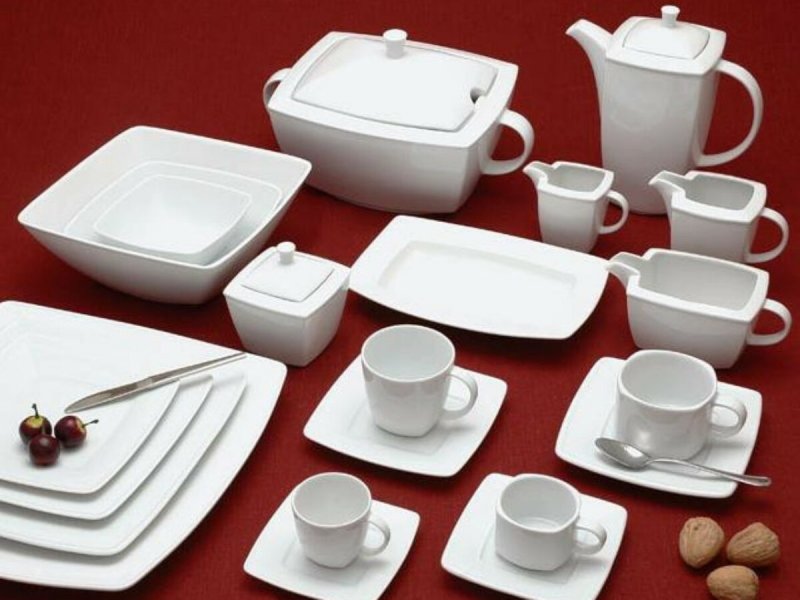
d. Japanese Porcelain: Japanese porcelain cups exhibit a unique aesthetic, characterized by delicate motifs, organic forms, and subtle glazes. They are highly regarded for their understated elegance and zen-like simplicity.
4. The Enduring Popularity of Porcelain Cups:
Porcelain cups have retained their appeal across generations and continents. Here are a few reasons for their lasting popularity:
a. Elegance and Aesthetics: The fine and delicate appearance of porcelain cups adds a touch of elegance to any table setting. Their intricate designs and aesthetic appeal make them collectible items sought after by art enthusiasts and connoisseurs.
b. Durability: Despite their fragile appearance, porcelain cups are surprisingly durable. They can withstand high temperatures, making them suitable for both hot and cold beverages. The ability to retain heat also ensures that the drink inside stays warmer for longer periods.
c. Heat Retention and Even Distribution: When compared to materials like glass or metal, porcelain has superior heat retention properties. This makes it ideal for enjoying a leisurely cup of tea or coffee, as it keeps the beverage at the desired temperature. Additionally, porcelain evenly distributes heat, providing a consistent drinking experience.
d. Health Benefits: Porcelain is non-reactive and does not impart any taste, odor, or harmful chemicals to beverages. This makes it a safe and healthy option for daily use, ensuring that the flavors and aroma of the drink remain intact.
e. Tradition and Rituals: Porcelain cups have long been associated with traditional tea ceremonies and formal dining experiences. Their use in such rituals adds a sense of authenticity and cultural significance to the occasion, maintaining a connection with the past.
Conclusion:
Porcelain cups are more than just vessels for holding liquids; they are embodiments of art, craftsmanship, and timeless elegance. From ancient China to modern households worldwide, these delicately crafted cups have woven themselves into the fabric of our culture. Whether it’s for indulging in a relaxing cup of tea, hosting a formal gathering, or simply appreciating their beauty as collectibles, porcelain cups continue to enchant us with their timeless charm.I. The Art of Gifting Porcelain Cups:
Porcelain cups make for exquisite gifts, offering a unique combination of beauty and functionality. Whether for special occasions like weddings, anniversaries, or corporate events, these cups are highly regarded as thoughtful and elegant gifts. Their timeless appeal and versatility make them suitable for a wide range of recipients, from business associates to close friends and family members. The recipient will appreciate the attention to detail and the symbolic gesture of presenting a porcelain cup, which often represents elegance, refinement, and appreciation for aesthetic beauty.
II. Porcelain Cups in the Hospitality Industry:
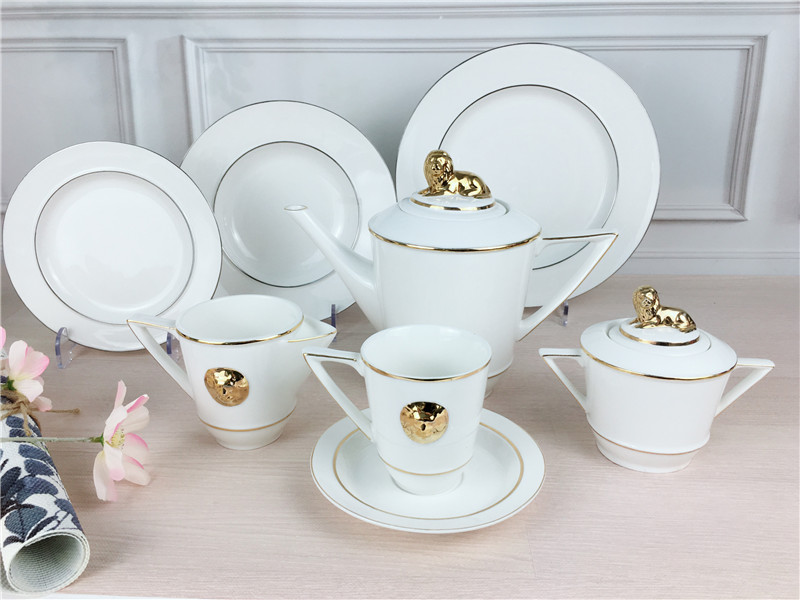
In the hospitality industry, presentation plays a vital role in creating a memorable dining experience. Porcelain cups, with their elegant and versatile nature, have become a staple in high-end restaurants, hotels, and cafes. Not only do they enhance the aesthetics of the table setting, but they also elevate the overall dining experience. The use of porcelain cups adds a sense of sophistication and refinement, signaling to guests that every detail has been carefully considered.
III. Porcelain Cups and the Art of Tea:
Tea culture has deep roots in various countries, and porcelain cups are an integral part of this art form. The delicate and translucent nature of porcelain allows tea drinkers to appreciate the color, clarity, and aroma of the tea. The smooth surface of the porcelain enhances the sensory experience, ensuring that the flavors and aromas are not tainted. The combination of the fine craftsmanship of porcelain cups and the artistry of tea preparation creates a harmonious and immersive tea-drinking experience.
IV. Porcelain Cups and Branding:
Porcelain cups offer a unique branding opportunity for businesses in various industries. Customizing porcelain cups with company logos or designs can create a lasting impression on clients and customers. These cups can be used as promotional items, corporate gifts, or even as part of a brand’s merchandising strategy. The elegance and sophistication of porcelain cups reflect positively on the brand and help create a sense of exclusivity and quality.
V. The Collectible Value of Porcelain Cups:
Porcelain cups have long been prized collectibles, with many enthusiasts and collectors seeking rare and unique pieces. Antique porcelain cups, particularly those from prominent historical periods or renowned kilns, can fetch high prices at auctions and antique stores. The craftsmanship, artistry, and scarcity of certain designs make porcelain cups valuable as both functional items and decorative art pieces. Collectors often appreciate the history, cultural significance, and craftsmanship associated with these cups.
VI. Porcelain Cups in the Art World:
Porcelain cups have been a source of inspiration for many artists throughout history. Renowned painters, sculptors, and ceramicists have utilized porcelain cups as canvases for their artistic creations. By incorporating elaborate designs, intricate patterns, and innovative techniques, these artists transform ordinary porcelain cups into unique works of art. Such pieces are highly sought after by art collectors and museums, further highlighting the timeless appeal and artistic value of porcelain cups.
VII. Porcelain Cups as Souvenirs:
Porcelain cups serve as popular souvenirs for tourists visiting countries renowned for their porcelain craftsmanship. Bringing home a beautifully crafted cup serves as a tangible and lasting memory of the cultural experience and the destination. Many gift shops and cultural centers offer a wide variety of porcelain cups, each reflecting the unique cultural identity and artistic traditions of the region. From traditional patterns to contemporary designs, these souvenirs embody the culture and heritage of the place they represent.
VIII. Porcelain Cups and Sustainability:
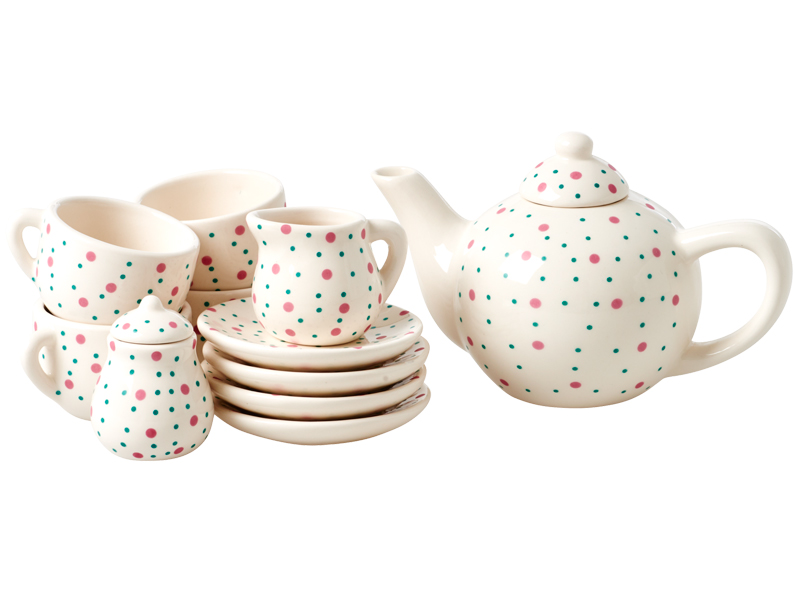
While porcelain cups are often associated with elegance and luxury, they also offer sustainable alternatives to disposable cups. With the growing concern about single-use plastics and the environmental impact of disposable cups, using porcelain cups promotes sustainability and reduces waste. By investing in durable and reusable porcelain cups, individuals and businesses can minimize their ecological footprint and contribute to a more sustainable future.
IX. The Future of Porcelain Cups:
While traditional styles and designs continue to be cherished, the world of porcelain cups is evolving to meet the demands of contemporary tastes. Innovative shapes, colors, and patterns are being introduced, making porcelain cups more versatile and appealing to a wider range of consumers. Additionally, advancements in production techniques and technology are enabling the creation of more intricate and detailed designs. With their enduring appeal and adaptability, porcelain cups are likely to continue captivating generations to come.
X. Caring for Porcelain Cups:
To maintain the beauty and longevity of porcelain cups, proper care is essential. Here are some tips for caring for porcelain cups:
– Hand-wash porcelain cups using mild soap and warm water. Avoid using abrasive materials that may scratch the surface.
– Be cautious when handling and storing porcelain cups to prevent chips or cracks.
– If the cups have gold or metallic accents, avoid using harsh cleaning agents, as they can cause damage.
– Store porcelain cups in a safe and secure place to prevent breakage.
– Avoid subjecting porcelain cups to extreme temperatures, as rapid temperature changes can lead to cracking.
In conclusion, the allure of porcelain cups lies in their exquisite craftsmanship, timeless elegance, and cultural significance. Whether used for daily beverages, special occasions, or artistic expression, these delicate vessels embody the beauty and artistry of centuries-old traditions. From gifting to branding, hospitality to collectibles, porcelain cups have found their place in various industries and continue to capture the hearts of individuals worldwide. Their enduring popularity and versatility ensure that porcelain cups will remain cherished and beloved for generations to come.
